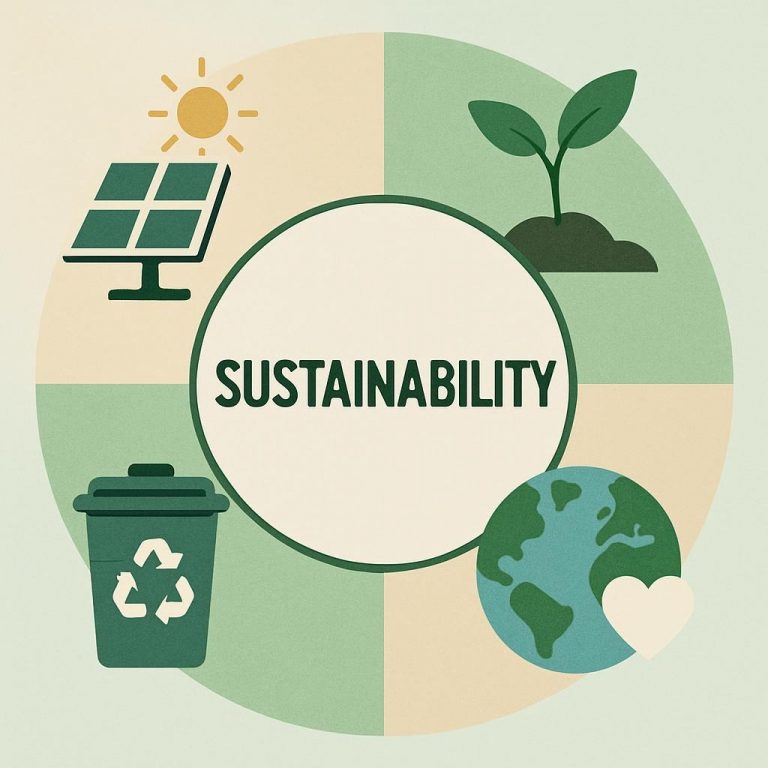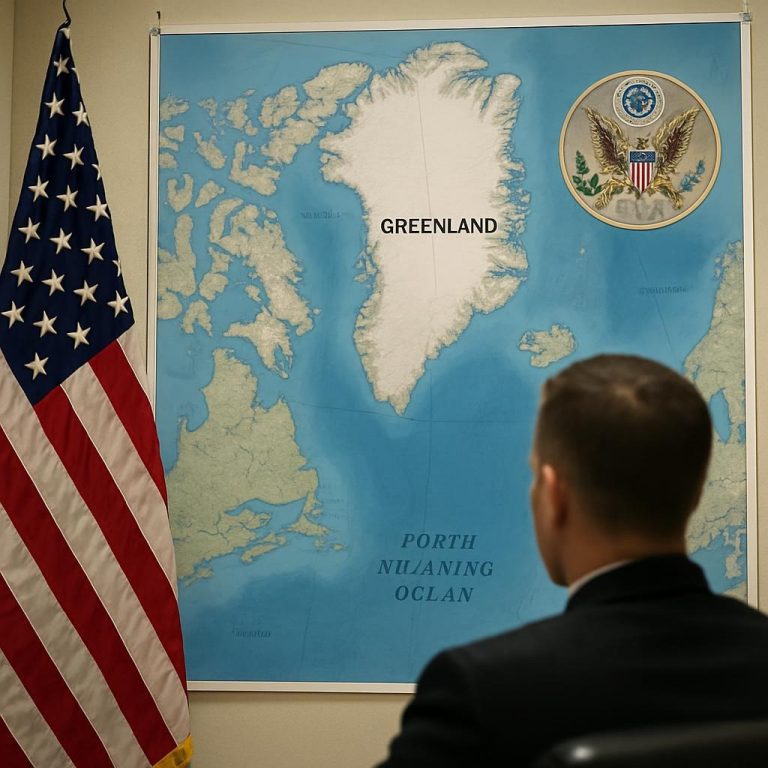
American higher education faces a mounting affordability crisis. From skyrocketing tuition and administrative bloat to student debt and unequal access, this guide answers 15 key questions with sourced insights and highlights documentaries that reveal the human impact.
💸 Financial Burden & Tuition
1. Why has tuition at American universities increased so dramatically?
Tuition has surged due to declining state funding, rising demand, and expanded amenities. From 1990 to 2020, public university costs rose over 213% Economics Online.
🔗 Economicsonline
2. How do U.S. tuition fees compare globally?
The U.S. ranks among the most expensive countries for higher education, second only to England EDsmart.
🔗 EDsmart
3. What role do administrative costs play?
Administrative bloat consumes up to half of payroll at nonprofit colleges, diverting funds from instruction Academic Influence.
🔗 Academic Influence
4. Are private universities more expensive than public ones, and why?
Yes. Private colleges lack state subsidies and often charge over $33,000 annually, compared to $19,000 at public institutions Grantford.
🔗 Grantford
🏦 Student Loans & Debt
5. How does student loan debt affect graduates’ financial stability?
Debt shapes career choices, delays homeownership, and impacts mental health accountinginsights.org.
🔗 Accounting Insights
6. What are the long-term consequences into middle age?
Student debt is linked to cardiovascular risks and financial stress well into midlife ScienceDaily.
🔗 ScienceDaily
7. Why is loan forgiveness controversial?
It sparks debates over fairness, personal responsibility, and economic feasibility CNBC.
🔗 CNBC
🎓 Value & Return on Investment
8. Is the cost justified by graduate earnings?
Yes, on average. College grads earn $32,000 more annually, with a 12–13% ROI USA Today.
🔗 USA Today
9. How do students assess a degree’s value?
They calculate ROI using expected salary, tuition cost, and career prospects Bankrate.
🔗 Bankrate
10. Which majors are financially risky?
Majors like theology, performing arts, and psychology yield median salaries under $40,000 CNBC.
🔗 CNBC
🧑🎓 Access & Equity
11. How does cost limit access for marginalized students?
Unmet financial need disproportionately affects low-income and minority students THE FEED.
🔗 Georgetown Feed
12. What impact does financial aid have?
Aid boosts enrollment and graduation rates among disadvantaged groups Academic Commons.
🔗 Academic Commons
13. Do elite universities support low-income students enough?
Progress is slow. Many elite schools still under-enroll low-income students Forbes.
🔗 Forbes
🏛️ Policy & Reform
14. What reforms could improve affordability?
Proposals include expanding Pell Grants, regulating tuition hikes, and reforming loan programs Committee for a Responsible Federal Budget.
🔗 CRFB
15. Should college be publicly funded or subsidized?
Many experts advocate for increased public funding to promote access and equity legalclarity.org.
🔗 LegalClarity
🎥 Documentaries That Expose the Crisis
- Borrowed Future (2021) – Investigates the student loan industry’s dark side.
🔗 IMDb - Scared to Debt – Explores the $1.8 trillion debt crisis through personal stories.
🔗 Scared to Debt - CBS Reports: The Student Debt Dilemma – Examines rising costs and political debates.
🔗 YouTube - TED Talks Playlist – Features experts on debt, education, and alternatives.
🔗 TED
🔍 Keywords
college tuition, student debt, financial aid, ROI, public vs private universities, low-income students, education reform, loan forgiveness, elite colleges, affordability crisis, documentaries on student loans





